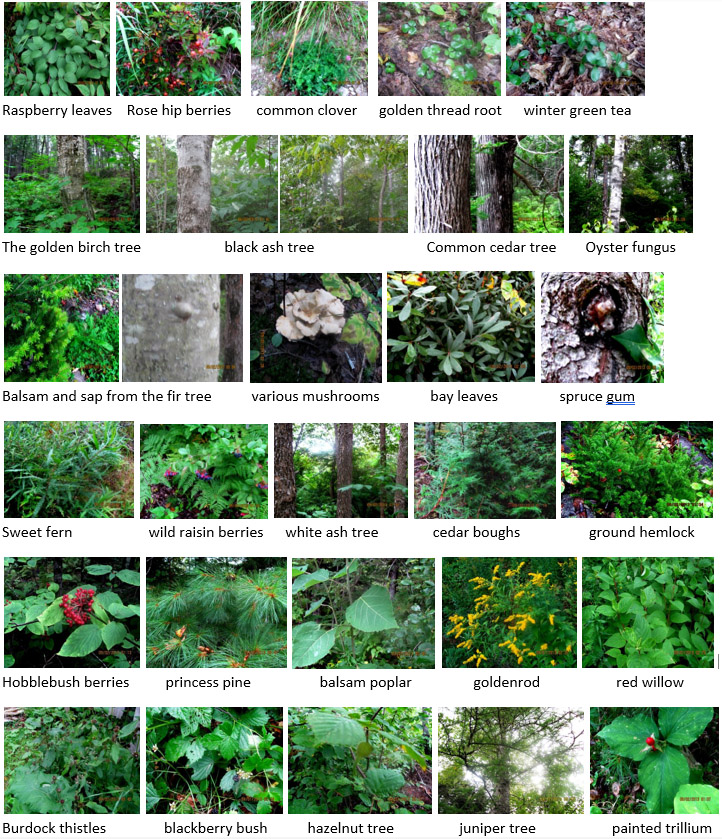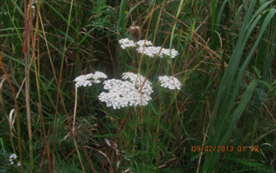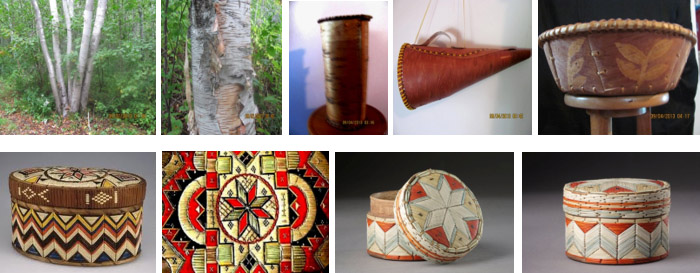Why sacred medicines are so important
These are pictures of trees and herbs that I will be writing about along with stories of traditional knowledge and the practice of sacred medicines that are still in use today by not just myself but also many others in our territory. I have already started a few but as time goes on there will be a book in the making for sure.

Fiddlehead ferns

Fiddlehead ferns are a good source of food for man and animals, especially in survival situations. Although most big game animals like moose and deer will feed on the leafy ferns of this plant, ancestors teachings have handed down to us the more meatier part of the plant which is more like a nut in it’s characteristics, and is found in the central base of the plant just before the root. The best time to pick this is in late august or by the first week of September. It has a chalky taste to it but if you gather enough of them it provides for a very delicious side dish in the wild with plenty of omega 3 content. This plant is very abundant in the Atlantic Canada region as well as most parts of the North American continent where the climate provides suitable conditions, like plenty of rain and lots of sunshine. It grows more effectively along rivers and streams, and near ponds or wetlands.
Drying methods
I pat the washed herbs dry or let them dry on a paper towel for a day. I put the herb leaves in a small paper bag and put the bag in a cool dry place. Every once and awhile I shake the bag to loosen the herbs and check if they are completely dry or not. Once the herbs are completely dry, I transfer them to an airtight container, or leftover spice bottles work well for this project too and then I store them in a cool dark place, such as a cupboard or pantry for further use. I use this method all the time.
Dandelion
Dandelion tea actively ameliorates disease, it is a potent disease-fighter that helps the body to heal, and helps boost immunity and Heart Disease, and age-related Memory Loss. Dandelions are a very common plant in our region and come out in late spring to color our nice green lawns like yellow polka dots or sometimes along the edges of roads and highways. Although the root is what you would store away for future use, the flower tops are sometimes cooked in a flour batter and eaten as a side dish.
Yarrow

Another one of the most common plants that grows in temperate climate conditions of Mother Earth is yarrow. This plant has been used for making hair conditioner, used as a drink to lower blood pressure and applied to a mixture for herbal tobaccos used by many Native American tribes of North America which include the Mi’kmaw and the Maliseet of New Brunswick and Northern Maine U.S.A. It grows along roads, marshes and open fields. The wholes plant can be used but the favored area is the flower tops. The drink from this plant is also very helpful for people with diabetes and is highly recommended by most herbal practitioners.
White Birch Tree

White birch is one of the most common among hard wood trees in North America. However this species of tree has always been the most useful among many of the North American tribes throughout the centuries. The bark is still in use today as part of traditional practices of canoe making and other tools and implements that used to be useful for daily living in ancient times. Furthermore the bark is also still being used for medicines. The inner bark is used as a mixture in herbal tobacco and the sap after being steeped in 3 parts water and taken in prescribed amounts is used to dissolve gall stones. The Mi’kmaq and Maliseet of New Brunswick have always made use of birch bark for arts and craft making for trade and sale, over the years they have established many common uses of tools made by this supple material like the moose caller and large bowl like containers. The more intricate birch bark boxes with quillwork are highly sought by art and antique collectors from around the world.
